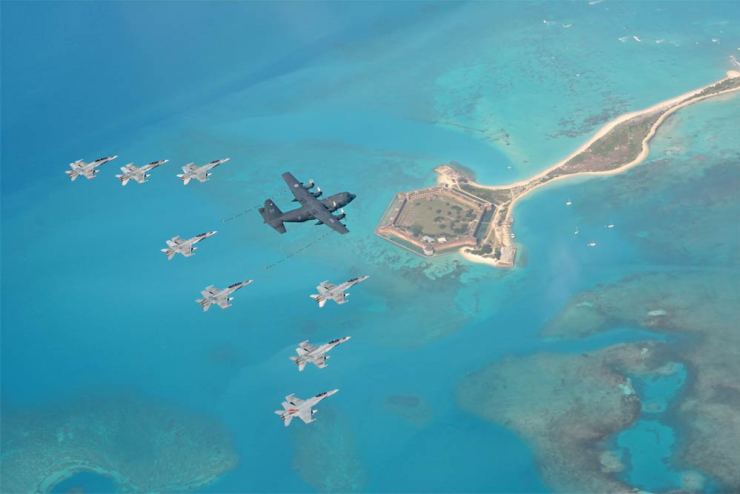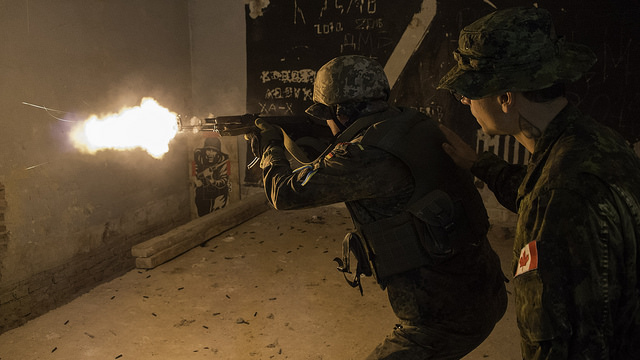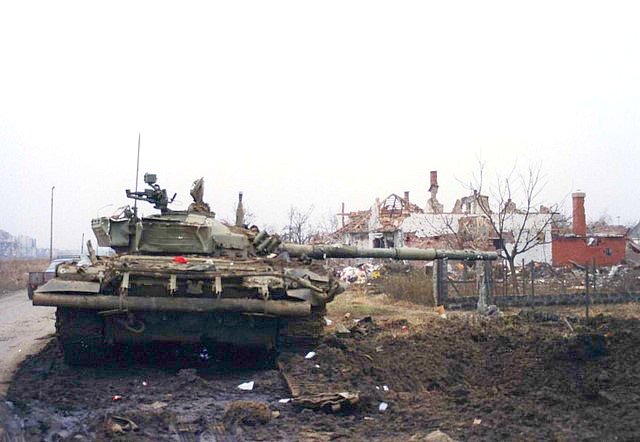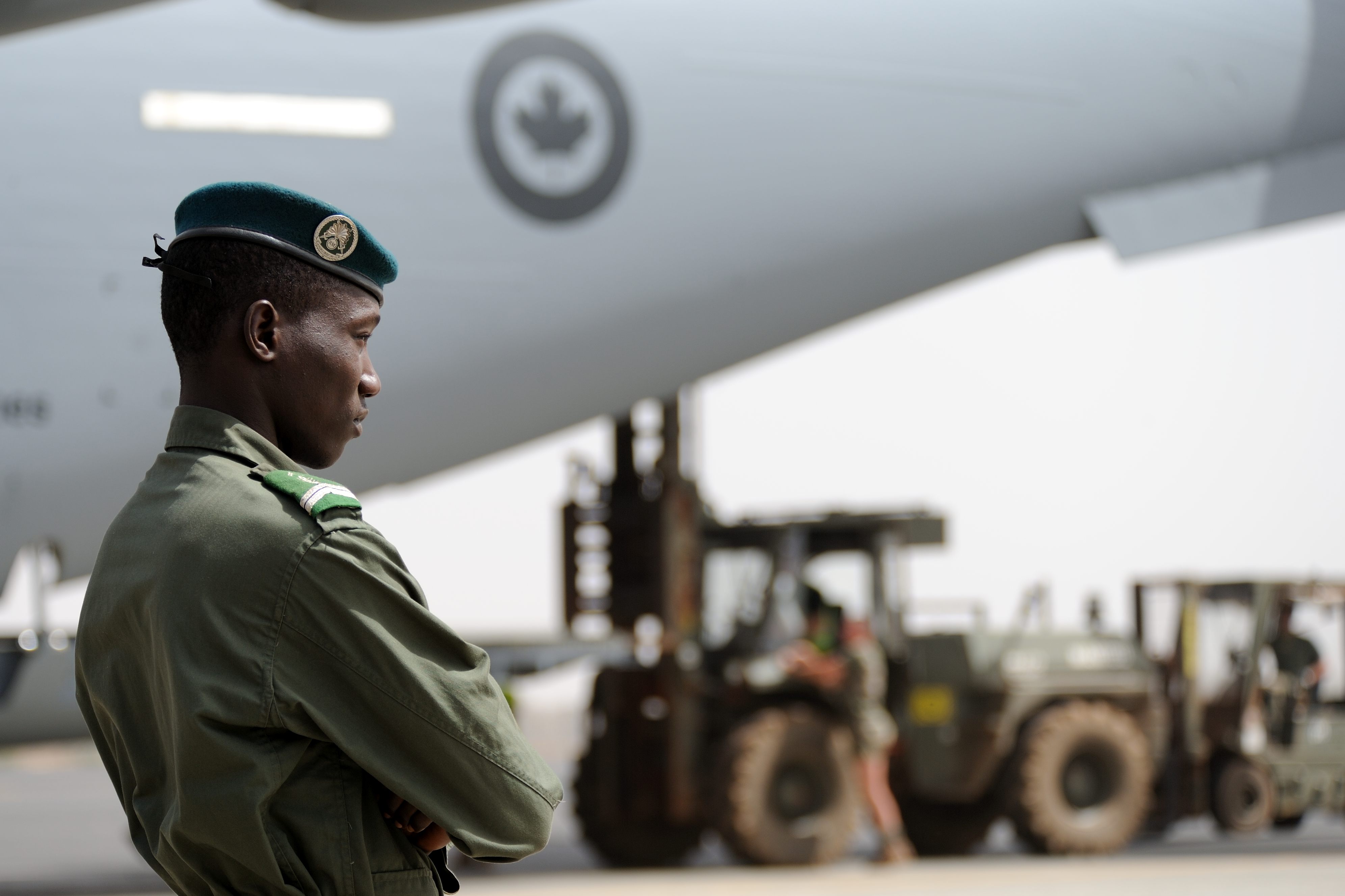Visitors to the Florida Keys in recent weeks may have noticed a Canadian presence overhead. They will not necessarily have caught sight of Canadian geese tripping north with the onset of spring, however. Rather, CF-18 fighters from 4 Wing Cold Lake and 410 Tactical Fighter Squadron, as well as a CC-130T Hercules air-to-air refueller from 17 Wing Winnipeg deployed to US Naval Air Station Key West, Florida from February 28 to March 23, 2016, to participate in the latest edition of Exercise Puma Strike. This was a particularly significant contribution for the Royal Canadian Air Force (RCAF), involving many pilots and support crew personnel from across Alberta and Manitoba.
In many respects, Puma Strike represents the enormous benefits of the Canada-US defence partnership. Cold Lake, Alberta suffers from unpredictable weather, oftentimes resulting in multiple days of low cloud, poor visibility, and reduced runway surface conditions. All of these aspects interfere with long-term flying operations and could cause repeated delays to an RCAF exercise held on the scale of Puma Strike. As such, the RCAF and United States Air Force (USAF) hold joint exercises at least twice annually in various areas of the southern US, such as the Florida Keys, to allow Canadian pilots the opportunity to test their own endurance, as well as the endurance of their aircraft.

Similarly, the USAF benefits from these exercises by developing joint warfare capabilities. Among the RCAF personnel deployed for Puma Strike 2016 was 42 Radar Squadron, which allowed American pilots to experience receiving instructions from flight controllers and air weapons controllers from a NATO partner. The logistical planning involved in this exercise also allows the US to test whether facilities like Naval Air Station Key West can provide the support necessary for a three- to four-week expeditionary operation. For example, in case of a humanitarian disaster or severe conflict in Haiti or Cuba, this base would be an integral link in the supply chain for American forces or for a multilateral response conducted under the auspices of the Organization of American States (OAS).
With the potential for Canada to become actively involved in a United Nations (UN)-led response to conflict in the Sahel region of Africa in the near future, warm-weather training opportunities are particularly vital for Canadian pilots and aircrews. While flying near Cold Lake can go some way toward preparing a CF-18 pilot to intercept Russian aircraft encroaching on Canadian airspace near Inuvik, Northwest Territories, those conditions do not approximate what that same pilot might experience in Malian airspace. As such, it is no surprise that, even as federal power in Canada changes hands from one party to another, Puma Strike remains a vital component of RCAF training.




